
July 14th is national Tape Measure Day (who knew?!). In honor of this momentous occasion, we're sharing 7 surprisingly awesome features hidden on your everyday tape measure.
1. Nail Notch
Did you know that the little notch in the end of all tape measures is meant to hook on to a nail or screw? If you don't have anyone to hold the other end of your tape measure, tap a nail in and hook your tape on to it.
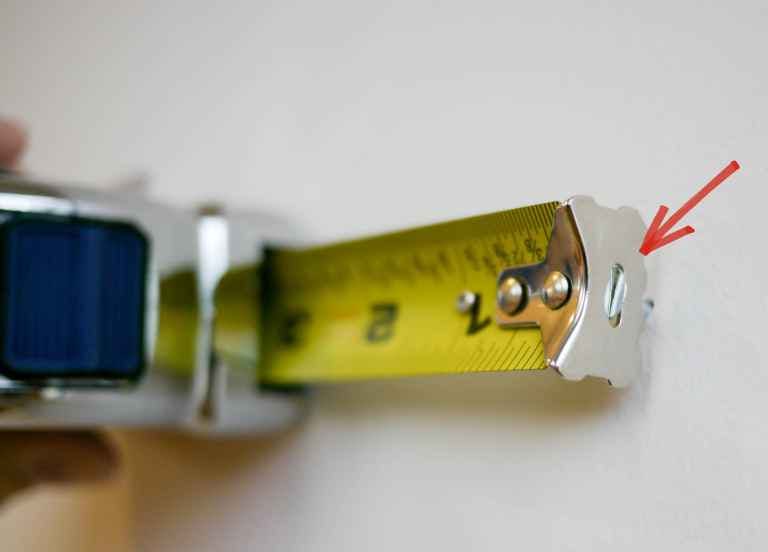
2. Scribing Tool
Ever wondered why the end of the tape measure is serrated? This allows you to use the metal end to scratch into the surface you're measuring and make your mark if you don't have a pencil.
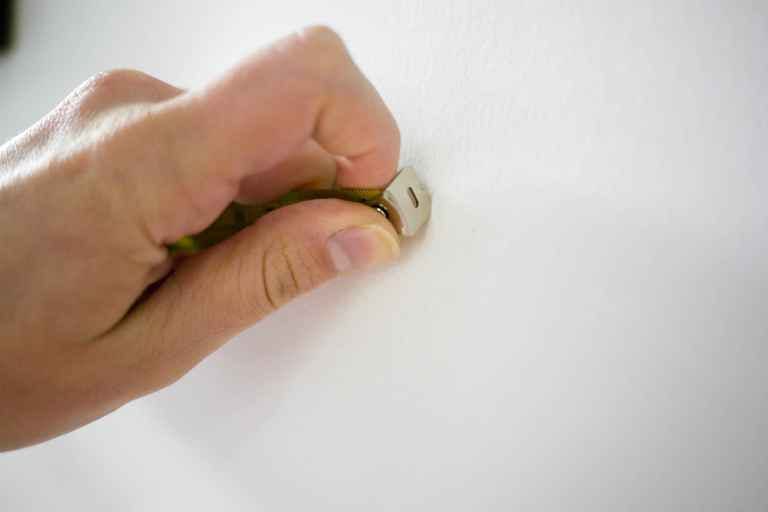
3. Adjustable End
The metal end of your tape measure is lose and this is no accident. If you look closely at the first inch on your tape measure, you'll notice it's short by 1/16 inch. This allows you to get accurate measurements whether you're measuring on the inside or outside edge of a surface.
The metal tip of your tape measure is exactly 1/16 inch thick. If you measure outside a surface (like the outside edges of window molding) and hook your metal end on the molding, it will shift out to create a 1/16 inch gap so you're not counting the metal piece in your measurement.
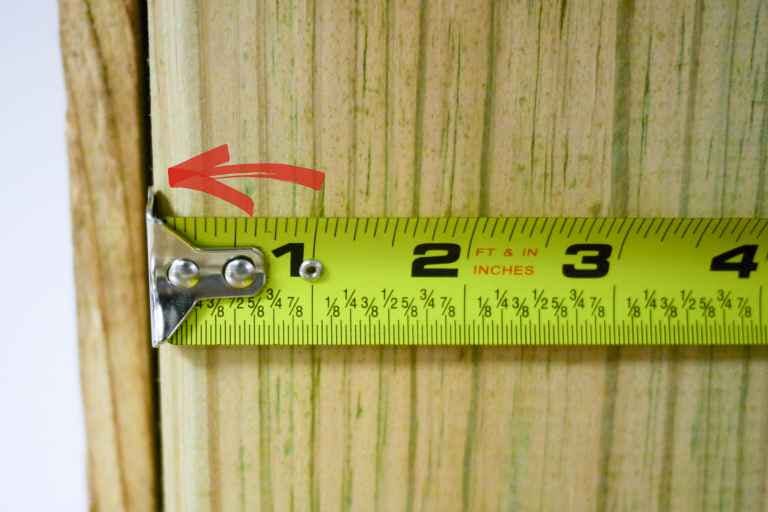
If you're measuring by pressing your measuring tape against a surface (like measuring inside a window frame), you want to count the thickness of the metal piece in your measurement, so it shifts back to close the gap.
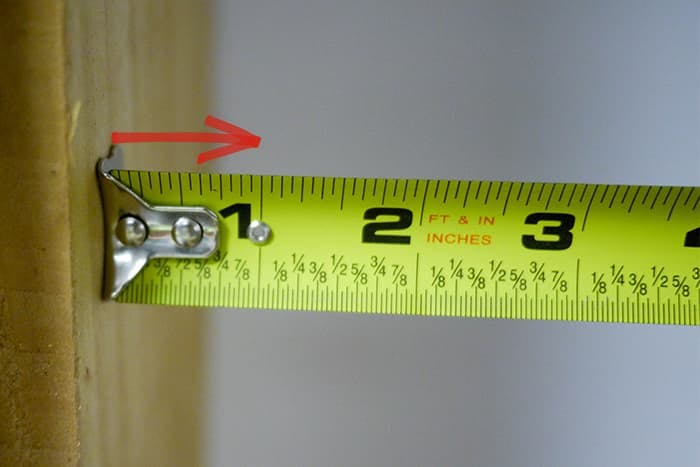
Always be sure to press in or pull your tape taut when you measure so you can take advantage of this feature.
4. Measure From Above
Some tape measures have a hook on the end that is a specialty shape. This allows you to hook your tape onto surfaces from above and either side, not just below.
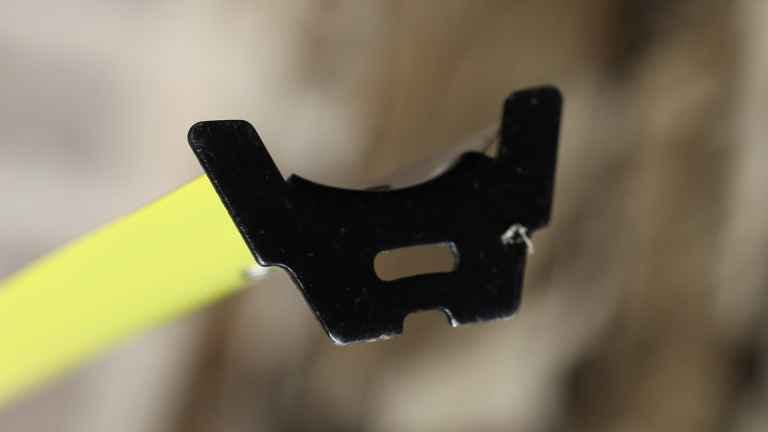
5. Tape Housing Measurement
On most tape measures you'll find a measurement imprinted on the housing. This is the exact size of the housing from where the tape comes in to the back.
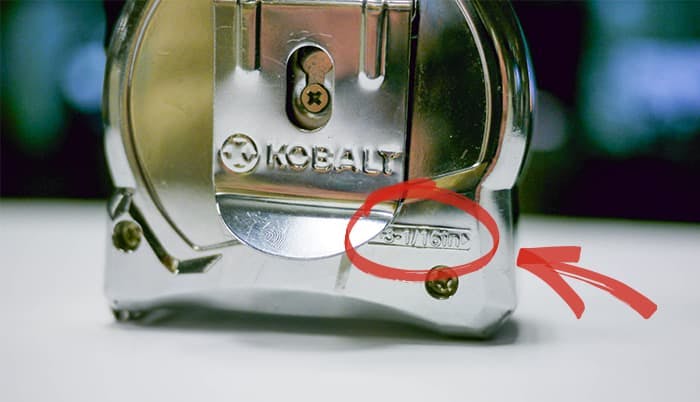
The purpose of this measurement is for measuring corners. Most people measure corners by bending the tape and guessing at what measurement is in the middle of the curve.
Instead, get a perfectly accurate measurement by extending your tape from one edge to the other with the tape flat and the housing touching the other edge. Then see what measurement is on the tape and add the additional measurement listed on the housing.
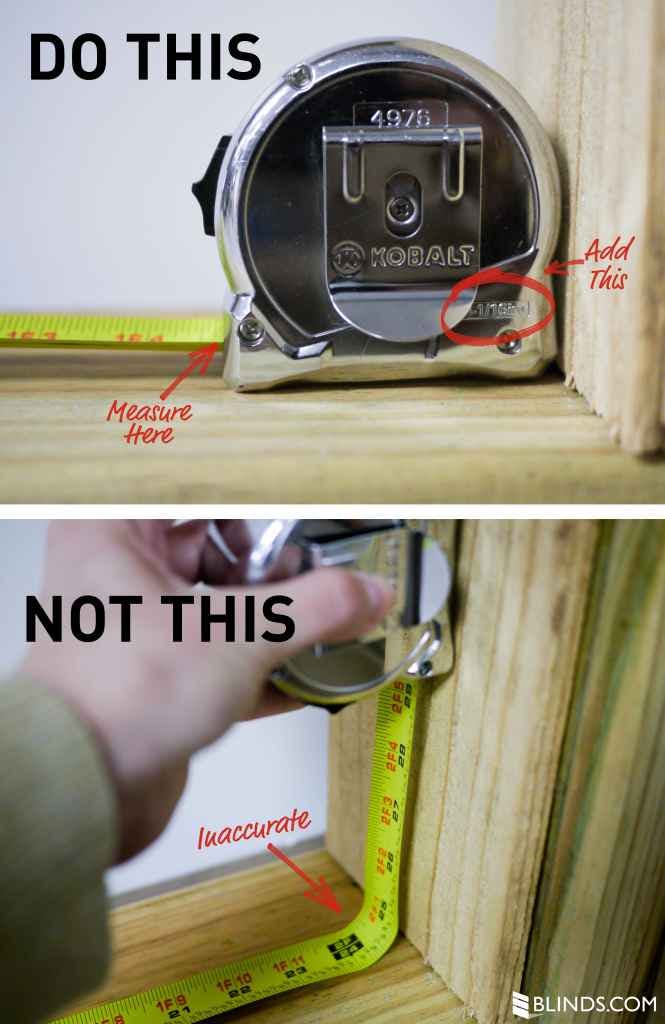
6. Black Diamonds
Some measuring tapes have small black diamonds spaced a little more than 19 inches apart. Unless you're in construction you probably won't use this feature, but these mark the standard spacing of trusses when building a roof.
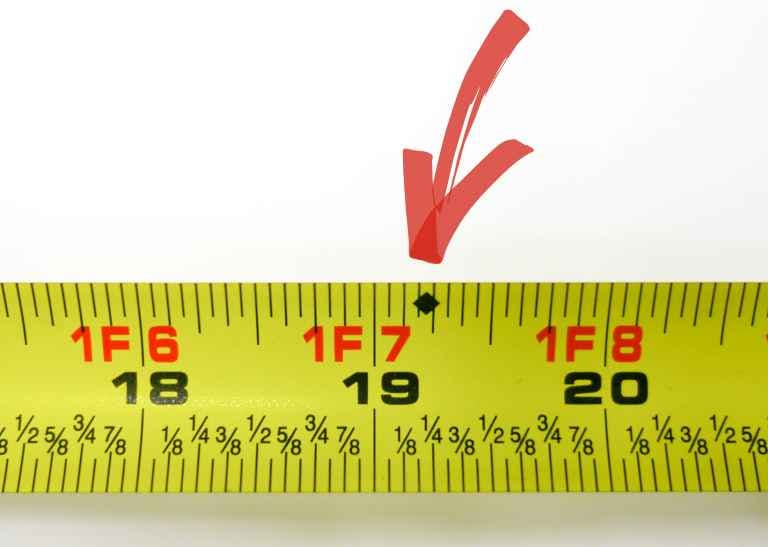
7. Architectural Scale
On the back of some tape measures you'll find an architectural scale that allows you to measure and convert scale drawings.
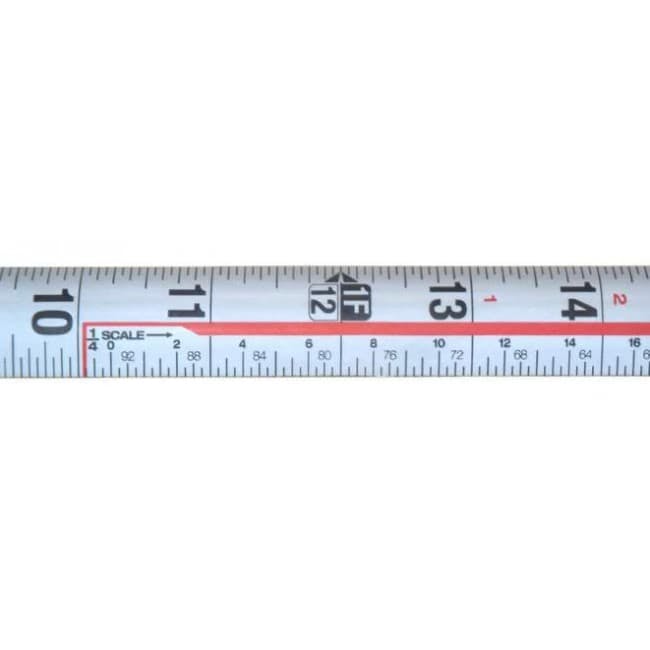
Bonus!
Since sharing this video, some of you have shared several more fun tape measure tricks. Who knew this simple tool had so many amazing features!

